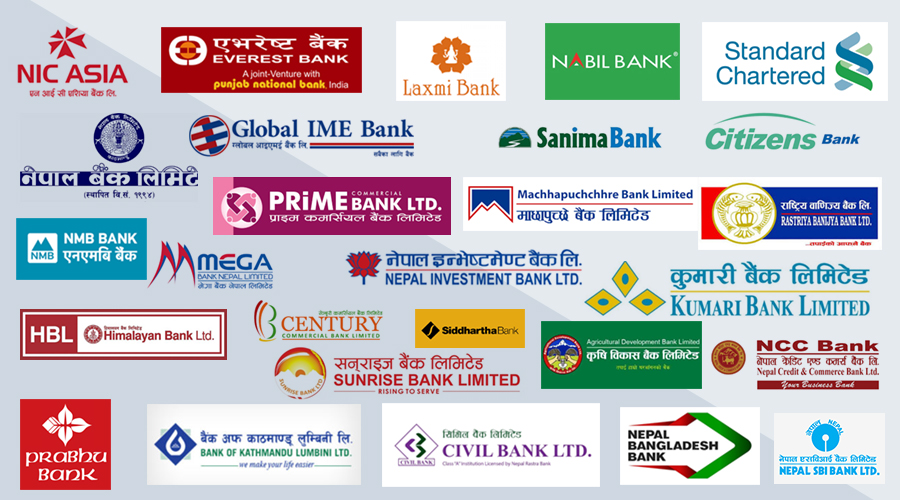KATHMANDU: In the first 11 months of the last fiscal year, banks and financial institutions in Nepal disbursed an additional NPR 10.8 billion in share loans of a margin nature. This marks an increase of about 14 percent compared to the same period in the previous fiscal year, which had seen a 7.2 percent decrease in such loans.
Currently, banks and financial institutions can lend a maximum of NPR 150 million to individual investors and NPR 200 million to institutional investors for share loans. However, this year’s monetary policy maintains the limit for individual investors while eliminating it for institutional investors.
The Nepal Rastra Bank will need to issue directives through circulars to implement this provision. Experts predict that share loans are likely to increase significantly once this provision is implemented, especially given the recent rise in the share market.
“The Nepal Rastra Bank has provided approval to 34 securities broker companies to promote the concept of margin trading, with the intention of gradually reducing direct loan investments in the securities market from banks and financial institutions,” states the monetary policy. “In the current situation, where margin trading is not yet smooth and organized, the existing maximum limit of NPR 200 million on share loans provided by banks and financial institutions against margin securities for institutional investors will be removed.”
At present, the necessary conditions for the share market to increase are mostly in place. Liquidity is sufficient, and interest rates are decreasing. As the share market rises, there have been no margin calls from banks. Banks and financial institutions are actively seeking clients to disburse share loans. Brokers indicate that investor confidence has increased after the Nepal Rastra Bank removed the maximum limit on share loans for institutional investors.
According to statistics from the Nepal Rastra Bank, by the end of Jestha (mid-June), share loans between NPR 2.5 million and NPR 5 million had increased by 10.6 percent, while loans below NPR 2.5 million had increased by 3.3 percent.
During the same period, loans exceeding NPR 10 million had increased by 20.4 percent, indicating that while smaller share loans have increased at a lower rate, larger loans have surged significantly.
Similarly, by the end of Jestha, loans between NPR 5 million and NPR 10 million had increased by 0.7 percent, according to the monthly report of the Nepal Rastra Bank. By the end of Jestha 2079 (mid-June 2022), share loans between NPR 2.5 million and NPR 5 million had decreased by 17.3 percent, loans over NPR 10 million had decreased by 6.5 percent, and loans below NPR 2.5 million had decreased by 12.3 percent.
During the same period, loans between NPR 5 million and NPR 10 million had increased by 8 percent. This indicates that while the market was continuously declining, investors were taking loans within the NPR 5 million to NPR 10 million range. On the first trading day after the Nepal Rastra Bank issued its monetary policy, the NEPSE index increased by 113 points to reach 2,681 points on Sunday.
On Monday, it increased by another 35.55 points to reach close to 2,700 (2,696.65 points), the highest level in 29 months. Previously, on Falgun 11, 2078 (February 2022), the NEPSE had reached 2,720 points but fell to 2,661 points on Falgun 12. The increase in the NEPSE on Sunday is the highest since Falgun 21, 2080 (March 2023), when it increased by 117 points.
In the past month (from Asar 17 to Shrawan 15), the NEPSE index has increased by about 643 points. Notably, the NEPSE has been continuously rising since the recent agreement between the Nepali Congress and the CPN-UML on Asar 17. Since then, the NEPSE has risen from 2,053 points to 2,696 points as of Monday.

